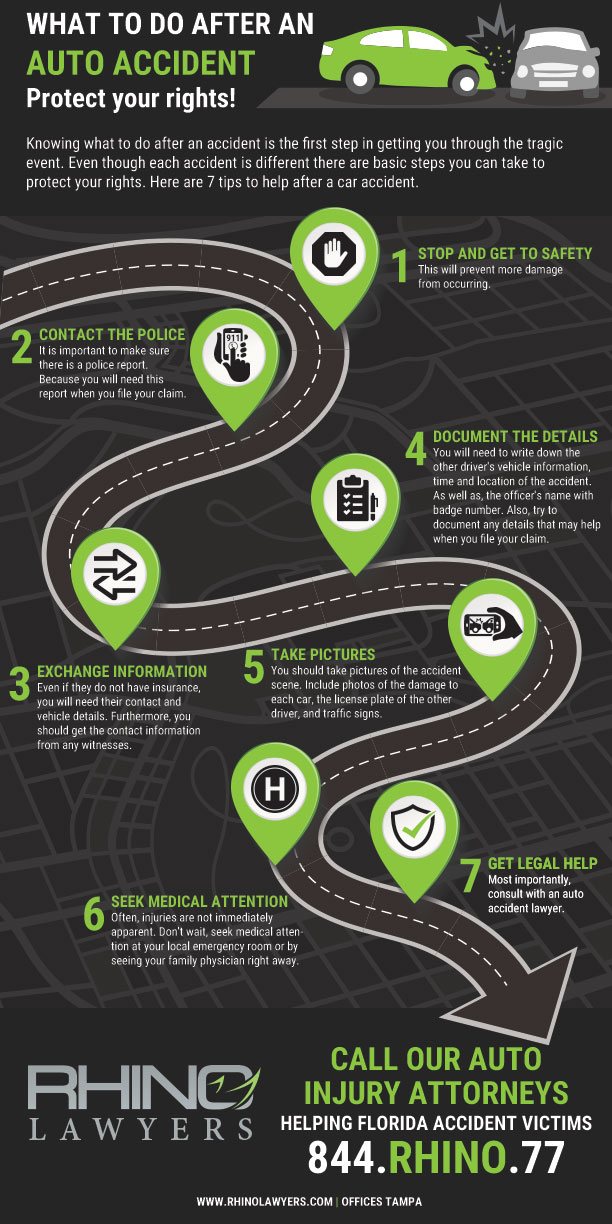Nobody wants to go to the emergency room, but heading to the hospital is more common than you think. According to the Centers for Disease Control and Prevention, there are around 155.4 million ER visits each year. Unfortunately, many of these injuries were caused by the actions or negligence of another person.
Overcoming an injury’s ramifications can be difficult, especially when it affects your quality of life. You may be seeking legal action as a result of your injuries. But, do you have standing to sue?
The standing to sue definition can be complicated to understand. This blog will break down the three elements included in standing to sue. We’ll also talk about why you should partner with an experienced attorney when pursuing legal action in Florida.
Understanding the Standing to Sue Definition in Florida
Before we dive into the three elements that make up this concept, let’s dive into the standing to sue definition. Standing to sue refers to whether an entity or individual has a legal right to file a court lawsuit. A simple term for this is “standing.”
Standing to sue is outlined in Florida state law and the United States Constitution. A person filing a lawsuit in a personal injury case needs to prove that they were injured as a result of another party’s failure to act or their actions. If the individual filing the court case doesn’t have standing, the court can’t hear the case.
There are three main elements in the lawsuit eligibility criteria, including:
- Injury in fact
- Causation
- Redressability
1. Injury in Fact
The first element of demonstrating legal causation is injury in fact. This essentially means that the individual needs to show they suffered concrete, actual, and particularized damages from an accident that resulted in the lawsuit.
These damages don’t necessarily refer to bodily injuries. It can also include different non-economic and economic damages, such as:
- Pain and suffering
- Property damage
- Disability
- Lost wages
- Medical bills
The plaintiff needs to have experienced the injury in fact before filing their lawsuit. They don’t have cause to bring legal action without damages suffered or injury in fact.
Most court cases require supporting evidence that demonstrates the injuries sustained to substantiate injury in fact. This can be various elements, including:
- X-rays
- Doctor’s notes
- Medical records
- Witness statements
- Medical expert testimony
- Bills
- Videos and photos
- Wage documents
- Receipts
The most difficult element to prove is pain and suffering. A few ways a personal injury lawyer can show that the victim has gone through emotional turmoil due to their injury include:
- Victim testimony
- Statements from friends and family of the victim
- An official diagnosis of PTSD (post-traumatic stress disorder)
- An injury journal
2. Causation
Causation is the second element included in the legal standing concept. The individual filing the lawsuit needs to prove a connection between the harm and suffering they sustained and the actions of another party or person. In simple terms, causation asks, “Did this organization or person cause this individual’s injury?”
For example, a driver ran a red light and crashed into another vehicle. The driver of that other vehicle suffered major internal injuries. However, without proving causation, there is no link between the harm that occurred and the actions of the other party, making it the most challenging element to establish.
The victim’s attorney needs to prove that their client’s injuries wouldn’t have happened if the other party or person wasn’t negligent. There are four components of negligence to consider:
- Duty of Care:</strong The defendant has a responsibility to exercise reasonable care.
- Breach of Duty: The defendant committed an omission or act that failed their duty of care.
- Causation: The breach of duty caused the injury and accident.
- Damages: The victim’s quantifiable losses, like injuries, from the accident.
There are two main types of causation – proximate and actual. Proximate care is the more complicated of the two.
Proximate care shows that the defendant’s actions were close to the chain of events that caused the victim’s harm to be legally valid. Actual or factual care is proof that the defendant’s actions were a direct cause of the accident. There needs to be enough evidence that the defendant’s actions were the actual and proximate cause of the injuries to have standing to sue.
3. Redressability
Legal redressability is the final element of standing to sue. This refers to whether or not the court system can provide the victim with relief or a remedy for their injuries. This relief needs to adequately address the harm that they’ve suffered.
Redressability is a major component of standing to sue as it ensures that the victim’s legal claim can provide meaningful relief for their injuries. It also addresses the consequences of the defendant’s negligence or actions. This element is significant because it does the following:
- Ensures that victims have access to the legal system and justice
- Determine the right legal remedies for the victim
- Provides compensation and closure for the harm they’ve suffered
Some of the ways the plaintiff can receive relief from the judicial system include reimbursement for future and past losses, such as:
- Health care costs
- Losses of future and current wages
- Pain and suffering
- Other non-economic and economic losses
Keep in mind that if the court can’t provide a solution or help, then the plaintiff doesn’t have standing to sue. Readressibility ensures that filing a lawsuit will help the victim rather than resulting in an empty court ruling.
Partner With an Experienced Personal Injury Attorney in Florida
Seeking justice for an injury you sustained due to another party’s negligence or actions can be complicated, as you can see from the standing to sue definition. Filing a lawsuit isn’t something that you can do alone. You need to hire an experienced personal injury attorney who’s well-versed in the legal standing concept.
At RHINO Lawyers, we don’t believe you should have to navigate the aftermath of an injury alone. Our attorneys have secured nearly $100,000,000 in damages for injured clients, demonstrating our strength and success in the industry. Contact our office today to schedule a free consultation to discuss your case.
CONTACT A TAMPA AUTO ACCIDENT ATTORNEY
In short, after a car accident, you may not know your rights. Above all, don’t struggle through the process alone. Actually, our personal injury team is here to help you with any legal needs you might have regarding your accident.
Lastly, let RHINO Lawyers answer your questions and review the facts of your case with a Free Consultation. So, get started by completing the “Free Instant Case Evaluation” or by calling us any time, day or night, at 844.RHINO.77.










